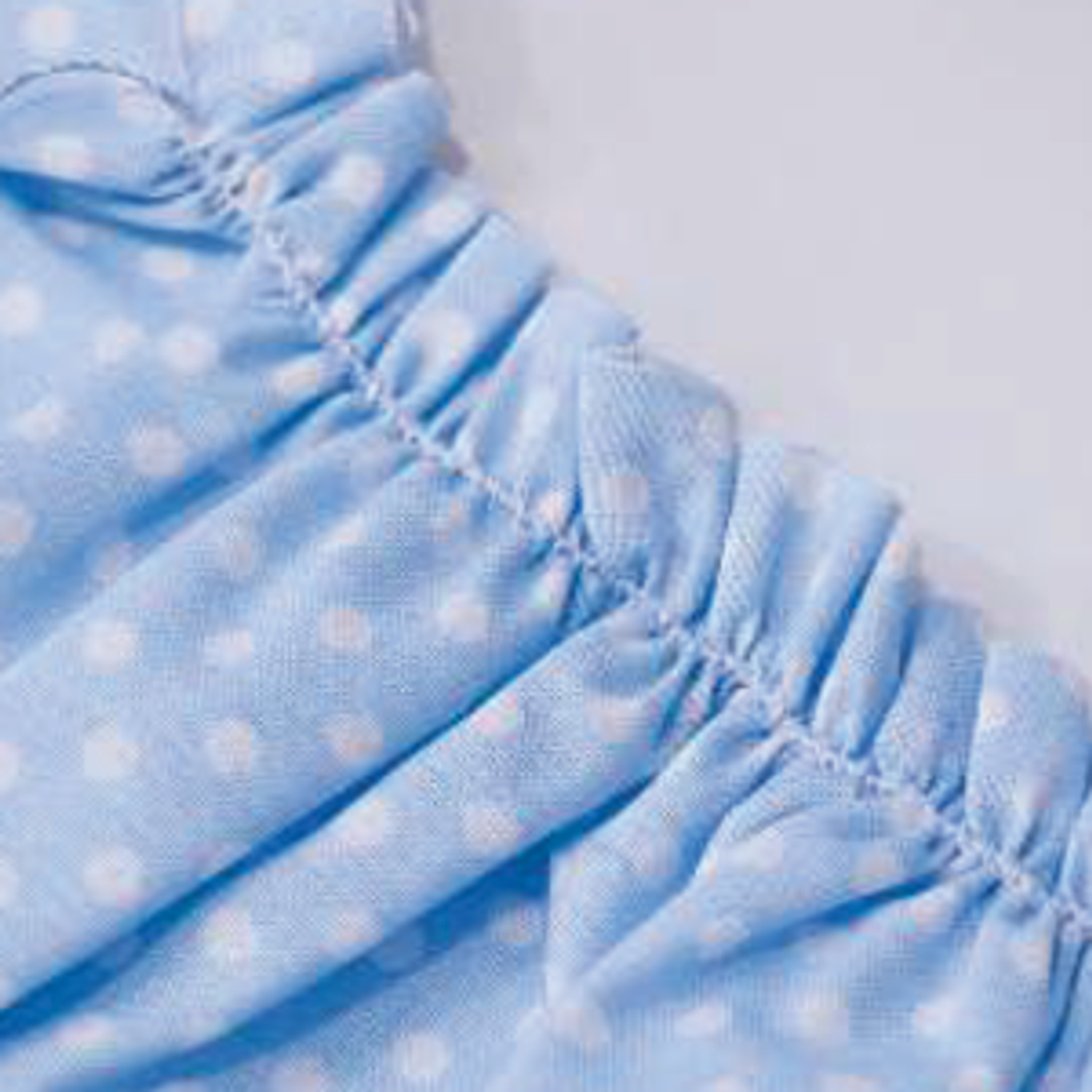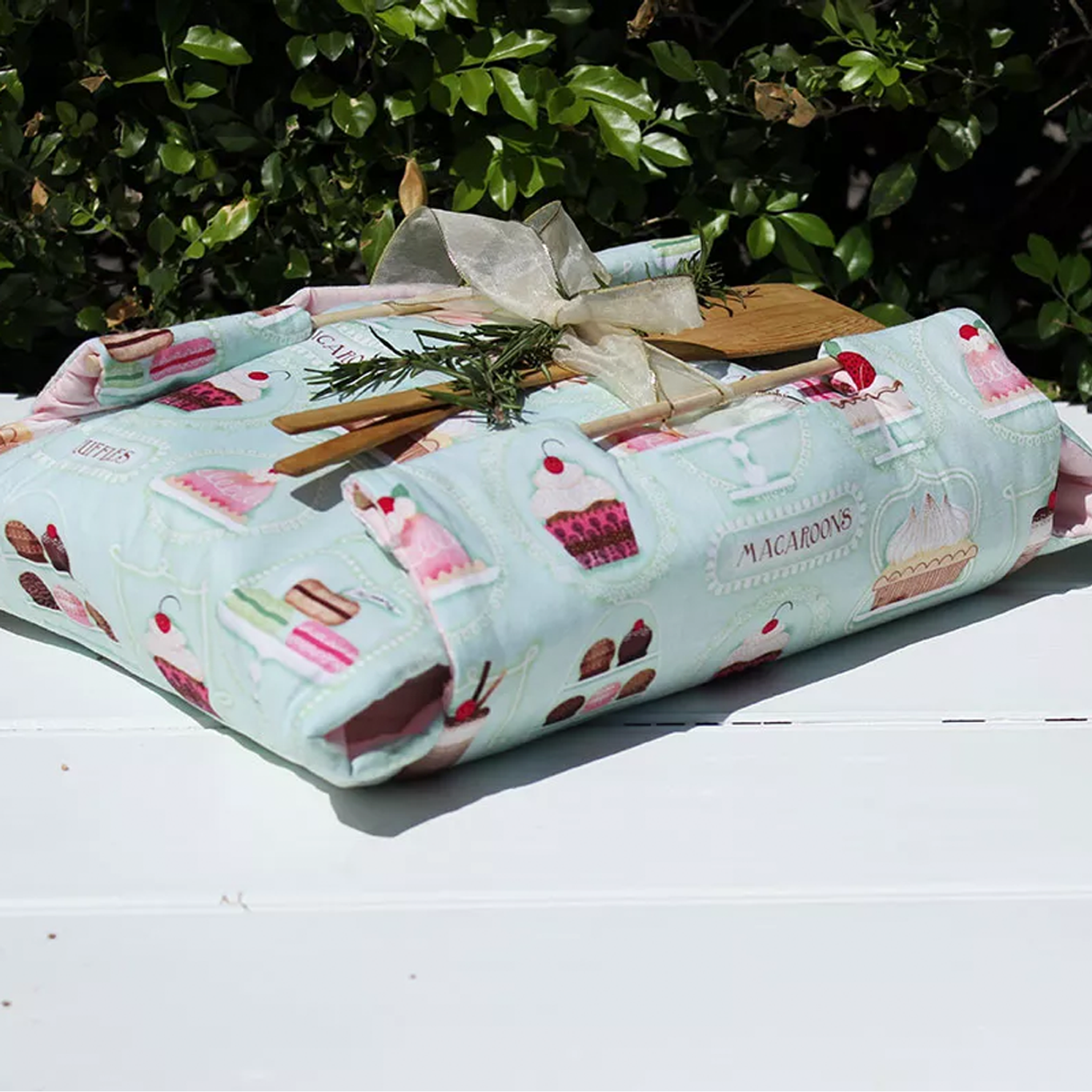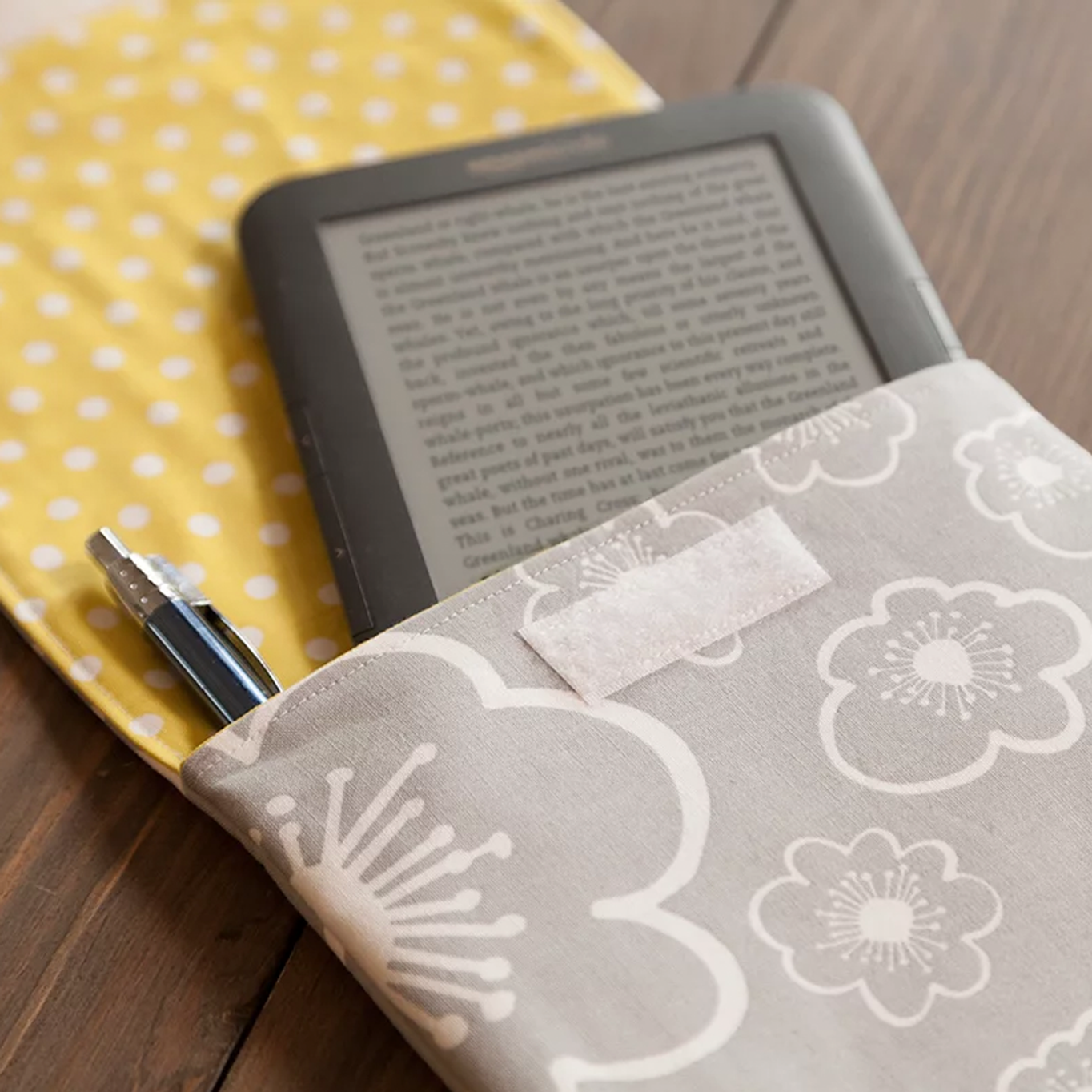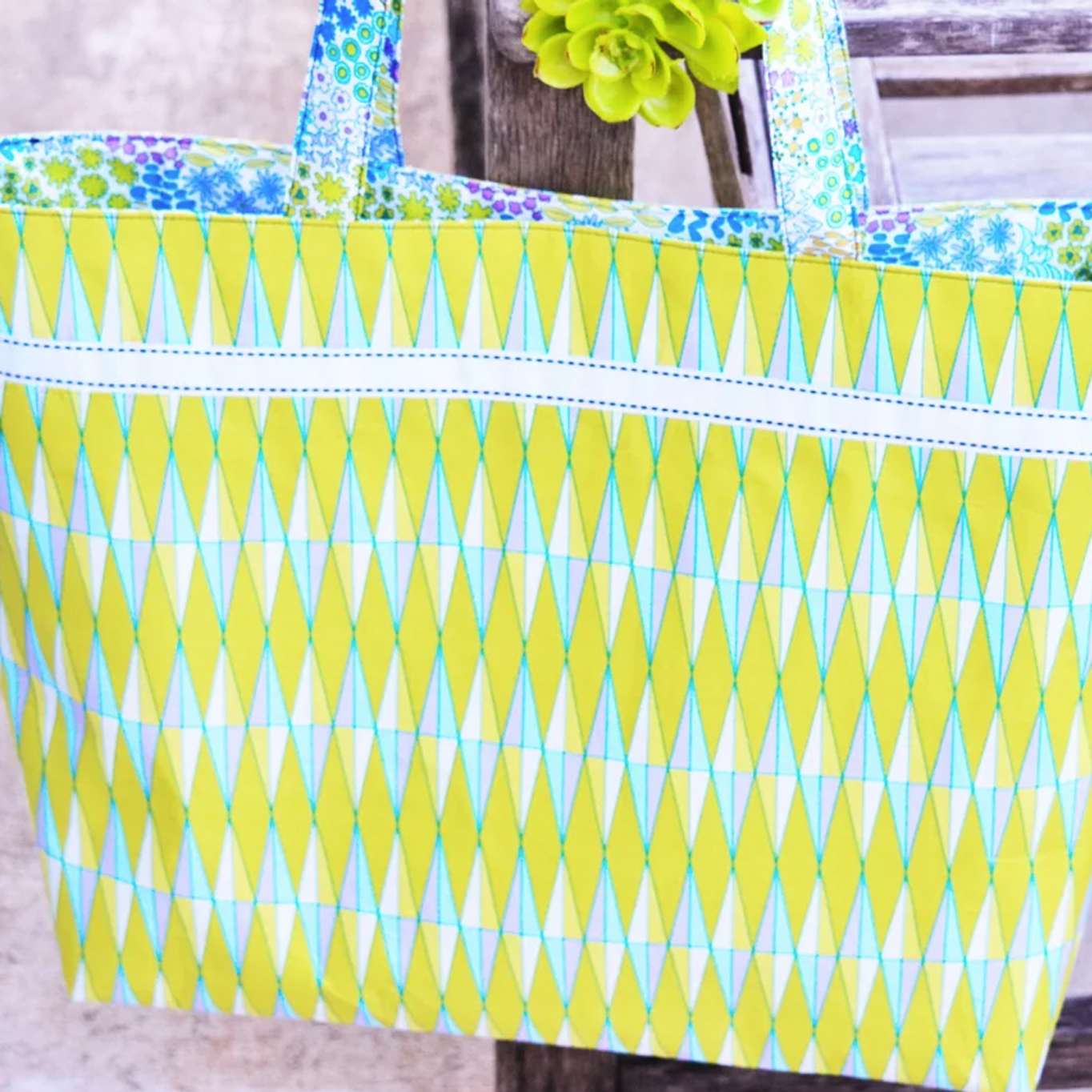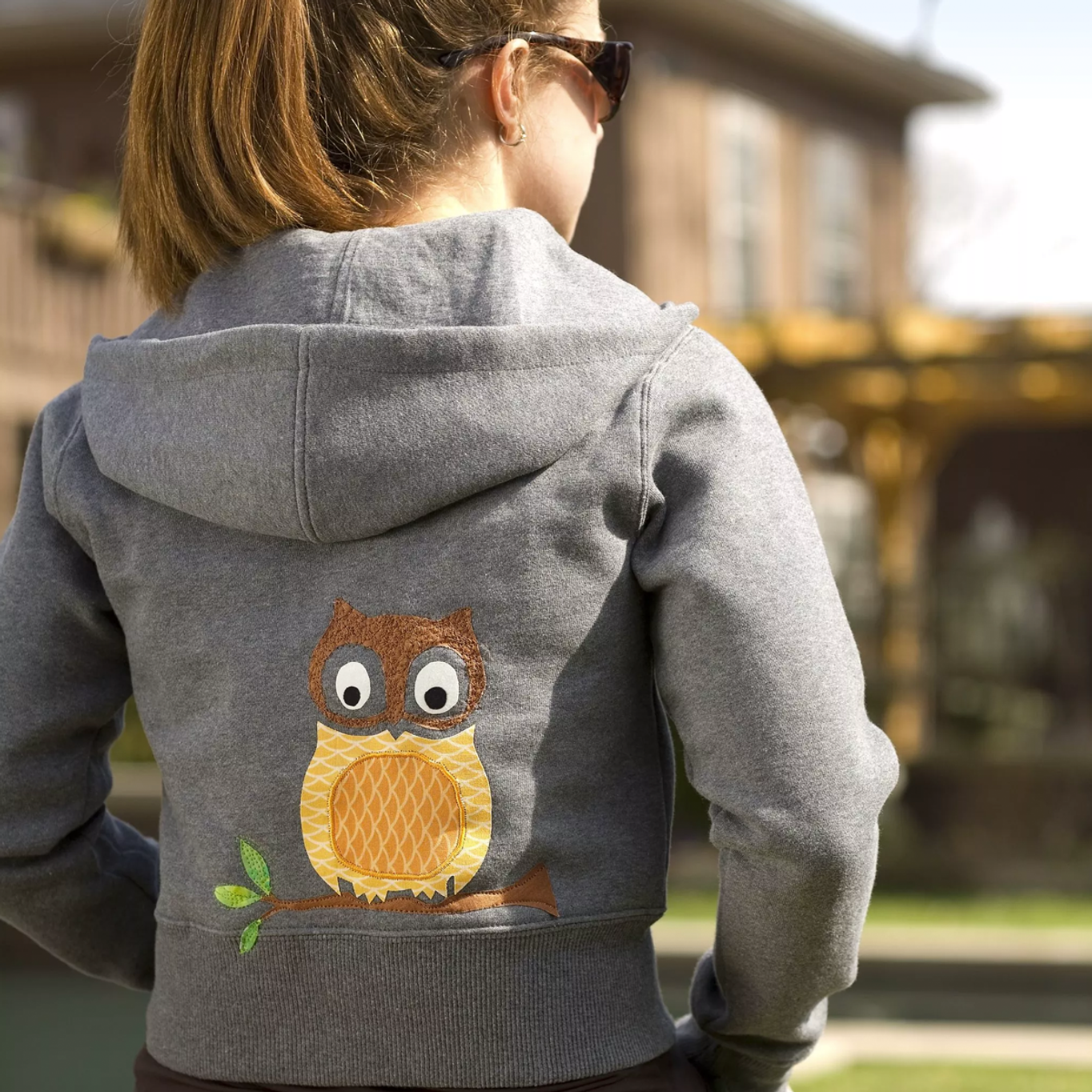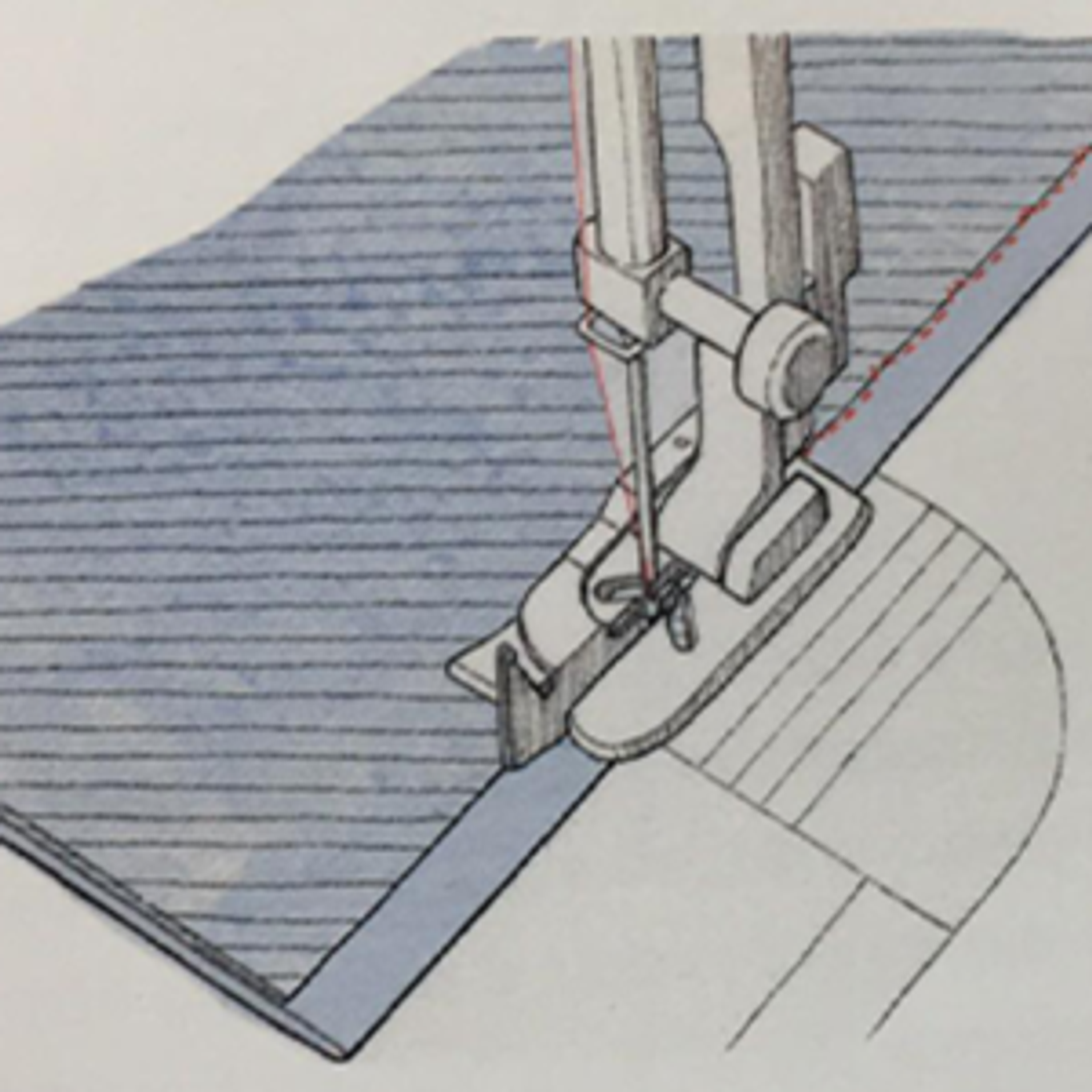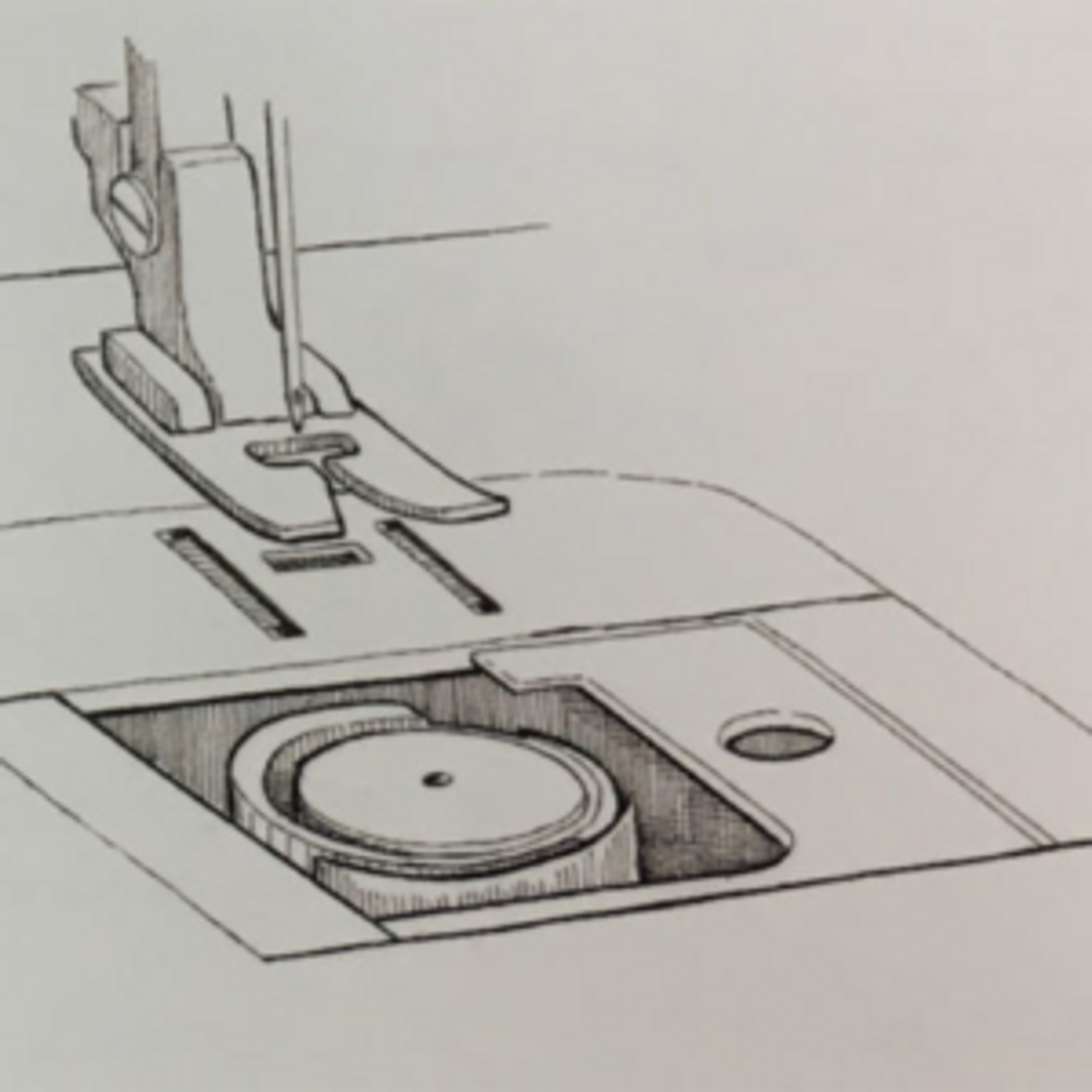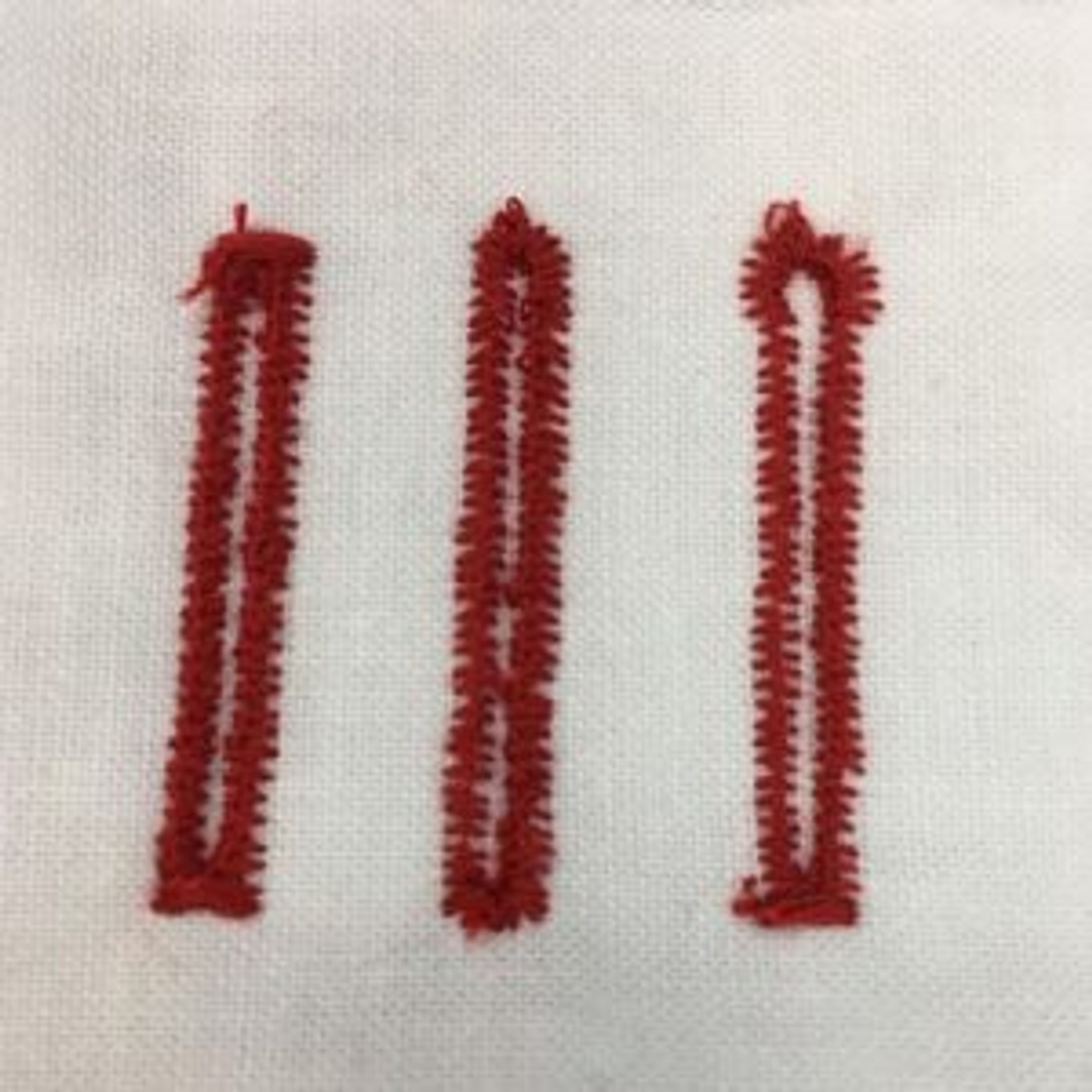The Cording Foot Snaps onto the existing shank and presser foot holder on your machine. The guide on the top of the foot has three slots in which to place cords. To load the cords into the slots on the top of the foot, simply slide the cords in from the right. Load the left cord first, then the center cord and finally the right cord. Tip: Tie the ends of the cords together with a knot in order to keep the cords from
25th May 2016
A slip stitch is often used to sew a seam from the outside of a garment or item you are sewing. Most commonly it is used for hems when the seam should remain unseen.Step 1: Thread your hand sewing needle. Pull the thread through as much as you think you'll need for the length of the seam. A good rule of thumb is to double the length. You have have a lot of extra thread, but that is much better than not having enough
29th Apr 2016
The perfect do it yourself gift idea for Mum this Mother's Day! This Picnic Caddy was sewn together using a Singer Talent 3323. It is fun and easy to put together. It can be used as a way to transport food in style to any event. When it is opened flat, it can serve as a table runner and when it is closed it keeps the meal covered.Shopping List:
One 14" x 25" (38.1cm x 63.5cm) Inner FabricOne 12" x 42" (30.48 x 106.6
29th Apr 2016
Sew up this simple case to carry your notepad, Ipad, e-reader or tablet in style. This fun project would also make the perfect gift for Mum for Mother's day!Shopping List:
One fat quarter quilting cotton for exterior of pouchOne fat quarter quilting cotton for interior of pouchAll-purpose thread for construction2½” of ½” wide hook-and-loop tape (Velcro®)Lightweight interfacing (Pellon® Shape Flex)Fusible FleeceDisap
1st Apr 2016
This is only a guide, this may vary depending on what model of overlocker you have. Each overlocker comes with a diagram on how to thread the machine.Ensure that your machine is not plugged in to a power source before beginning.For a 4-thread overlocker machine, you will have the upper looper thread, the lower looper and 2 needle threads.For a 3-thread machine you will have an upper looper, lower looper and a single
11th Mar 2016
Let your imagination run wild with your choice of fabrics, to create your own unique style of tote bag. Mandy Murray from Blessington has put her own personal style on this simple tote bag.Materials Needed:
1 yard fabric for outside of tote & handles1 yard fabric for lining1 yard firm fusible interfacing⅝ yard of 1⅜" to 1½" wide ribbonAll-purpose sewing threadWashable basting tapeOne 3½" x 14½" piece firm cardboard
3rd Mar 2016
Ensure that the power is switched off.Raise the needle to the highest point by turning the hand wheel slowly towards you.Raise the presser foot.Hold the needle thread.Turn the hand wheel slowly towards you to lower and raise the needle.Gently pull the needle thread to pull up the bobbin thread.Open the loopPull both threads towards the back of the machine.
21st Feb 2016
To create texture in your projects, try free-motion sewing.To set up free motion sewing, cover (or lower) the feed dogs with the Darning Plate from the accessory compartment. Remove the presser foot and shank, then attach the Darning/Embroidery Foot. Select a straight stitch and begin making circular motions on the fabric until it is completely filled in. Do not worry if the stitches are not uniform. Cross the thread
18th Feb 2016
Get ready for Autumn with this gorgeous Owl Applique. Follow the instructions to add an embellishment to a hoodie, or simply use a t-shirt or even a denim jacket. You'll have a hoot making it! Shopping List:
Purchased Hoodie SweatshirtThreadFabricAqua Magic StabiliserFusible WebScissorsPinsWater-soluble Fabric MarkerAssorted Fabric ScrapsApplique Pressing SheetFabric Spray AdhesiveSatin FootDarning / Embroid
18th Feb 2016
A Blind Stitch Foot is required to do a blind hem.The blind hem stitch is primarily used for hemming curtains, trousers, skirts, etc. Requirements: Presser Foot - Blind Stitch FootThread Tension Control - AutoSteps: First you need to finish the raw edge. Turn the raw edge under on fine fabrics or overcasting it on medium to heavyweight fabrics. Then turn the hem up the required depth, press and pin in place.Now fol
21st Jan 2016
1. Raise the needle to it's highest position by rotating the handwheel toward you.2. Remove the Bobbin cover by pushing the release button, which is located to the right of the cover. The bobbin cover will pop up to allow you to easily remove the cover.3. Insert the wound bobbin making sure the bobbin rotates counterclockwise when you pull on the thread.Note: This is a very important step. If it is not done correctly
21st Jan 2016
If your four step buttonhole symbols are located on the stitch length dial on the front of your machine read the Manual instructions or watch this VIDEOIf your four step buttonhole symbols are located on the pattern selector of your machine read the Automatic Instructions. 4-Step Manual ButtonholesPreparation: Measure the diameter and thickness of your chosen button and add 1/8" for bar tacks and mark the button hole
21st Jan 2016

